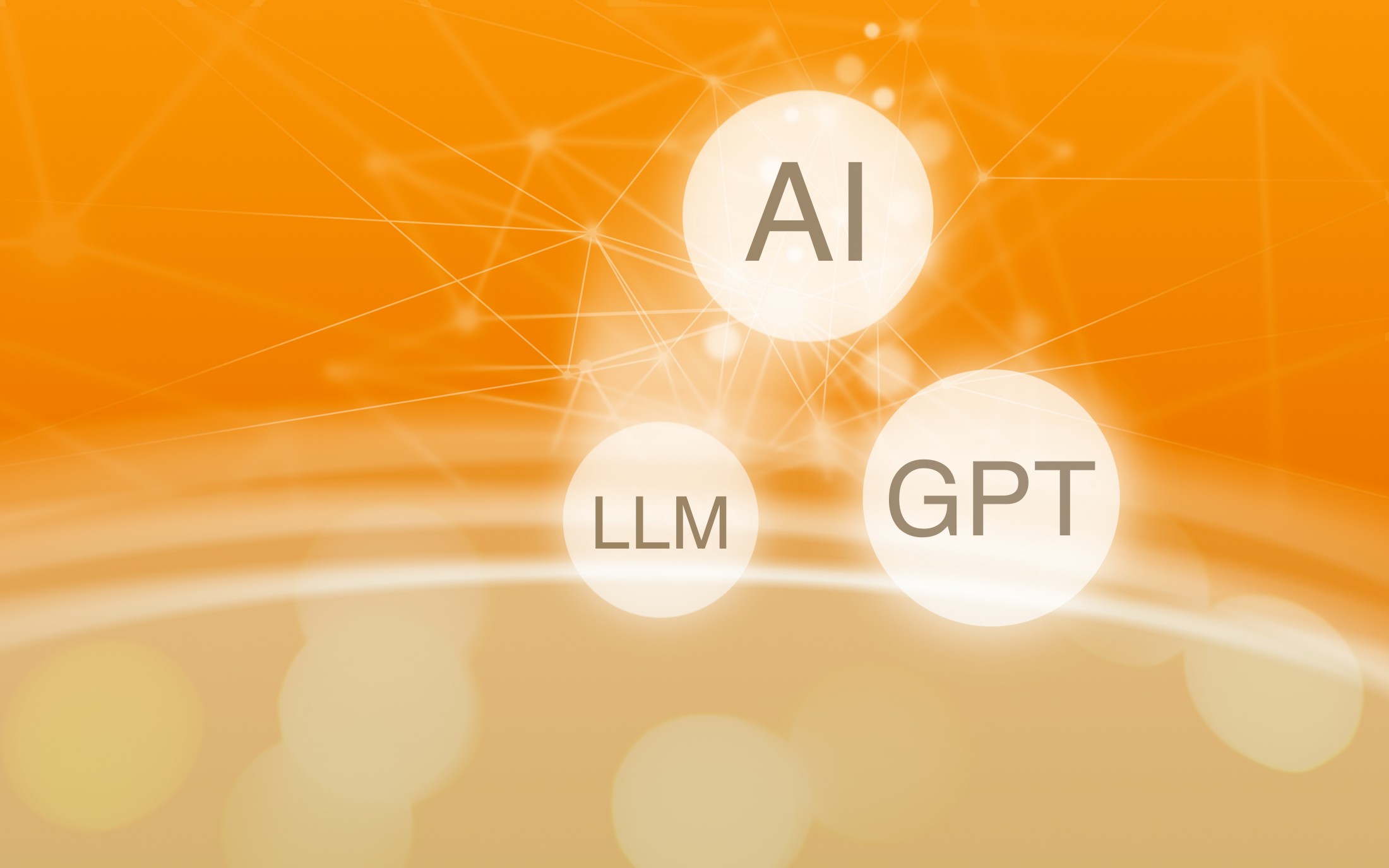Customer experience is a crucial factor for businesses to differentiate themselves across industries. As consumers increasingly engage with brands through digital channels, the quality of these interactions has a profound impact on satisfaction, loyalty, and ultimately, business growth. Delivering personalized, efficient, and engaging customer experiences is now paramount. Large Language Models (LLMs) represent a groundbreaking advancement in artificial intelligence that is reshaping the landscape of customer interaction.
These sophisticated algorithms, exemplified by OpenAI's GPT series, possess the remarkable ability to understand and generate human-like text. LLMs can not only grasp complex inquiries and deliver relevant responses, but also anticipate customer needs – all in real-time. This technology is upgrading customer experiences by fostering more natural and intuitive communication, enabling personalized content delivery, and powering smarter customer support systems.
As we explore the world of LLMs, we will delve into how these powerful tools are not merely enhancing, but fundamentally transforming customer experiences. By integrating LLMs into customer engagement strategies, businesses can achieve a significant leap forward in connecting with their audience. LLMs pave the way for building stronger, more meaningful customer relationships.
Capabilities of Large Language Models (LLMs)
Large Language Models (LLMs) are a type of artificial intelligence that specializes in understanding and generating human language. They are built using deep learning techniques, particularly neural networks, which enable them to process and analyze vast amounts of text data. LLMs are trained on a diverse range of internet text, allowing them to learn the nuances, syntax, and semantics of natural language.
One of the most notable examples of an LLM is OpenAI's GPT (Generative Pre-trained Transformer) series. These models are "pre-trained" on a large corpus of text and then "fine-tuned" for specific tasks, such as translation, summarization, or question-answering. This two-step process allows LLMs to develop a broad understanding of language and then apply it to particular use cases.
LLMs work by predicting the next word in a sentence based on the words that precede it. They do this by assigning probabilities to each possible word and selecting the one with the highest probability. This process is repeated for each word in a sentence, enabling the model to generate coherent and contextually relevant text.
The capabilities of LLMs extend beyond simple text generation. They can:
- Understand context
LLMs can grasp the context of a conversation or text, allowing them to provide relevant responses and maintain the flow of dialogue. - Handle ambiguity
They can interpret ambiguous language and understand different meanings based on context. - Learn from new information
LLMs can adapt to new data and improve their responses over time. - Generate creative content
They can produce original text, such as stories, articles, or even poetry.
These capabilities make LLMs a powerful tool for transforming customer experiences. They enable businesses to create more natural and engaging interactions, provide instant and accurate responses to customer inquiries, and deliver personalized content that resonates with individual users.
LLMs and Enhancing Customer Engagement
Large Language Models (LLMs) are elevating customer engagement by offering personalized interactions and recommendations, as well as enhancing customer support through chatbots and virtual assistants.
Personalized Interactions and Recommendations
One of the most significant advantages of LLMs is their ability to provide personalized experiences to customers. By analyzing a customer's past interactions, preferences, and behavior, LLMs can tailor responses and recommendations to meet individual needs.
For instance, an e-commerce website can use LLMs to suggest products based on a customer's browsing history and purchase patterns. This level of personalization not only improves the shopping experience but also increases the likelihood of conversions.
Improved Customer Support through Chatbots and Virtual Assistants
LLMs have redefined customer support by powering chatbots and virtual assistants that can handle a wide range of queries with human-like understanding and responsiveness. Unlike traditional chatbots, which often provide generic and scripted responses, LLM-powered chatbots can understand complex questions, provide accurate answers, and even engage in conversational interactions.
This leads to faster resolution times, reduced support costs, and a more satisfying customer experience.
Case Studies/Examples of Successful Implementation
-
Retail
A fashion retailer implemented an LLM-powered chatbot on its website to assist customers with product inquiries, styling advice, and order tracking. The chatbot's ability to provide personalized recommendations based on customer preferences resulted in a 30% increase in average order value. -
Banking
A bank introduced a virtual assistant powered by an LLM to handle customer inquiries about account balances, transactions, and loan applications. The virtual assistant reduced call center volume by 40% and improved customer satisfaction ratings by providing quick and accurate responses. -
Healthcare
A healthcare provider used an LLM-powered chatbot to answer patients' questions about symptoms, treatments, and appointment scheduling. The chatbot's ability to understand medical terminology and provide relevant information improved patient engagement and reduced the workload on healthcare professionals.
By providing personalized interactions, improving customer support, and adapting to diverse use cases, LLMs are reshaping the way businesses interact with their customers, leading to more meaningful and satisfying experiences.
Transforming Customer Journeys with LLMs
Large Language Models (LLMs) are not only enhancing individual interactions but are also transforming entire customer journeys. They achieve this by streamlining interactions across various touchpoints, providing tailored content and responses, and analyzing customer sentiment and feedback.
Streamlining Customer Interactions Across Various Touchpoints
Customer journeys often involve multiple touchpoints, from initial research and discovery to post-purchase support. LLMs can integrate seamlessly across these touchpoints, providing consistent and relevant interactions.
For example, an LLM-powered chatbot can assist a customer in finding the right product on a website, follow up with personalized email recommendations, and provide support through a messaging app after the purchase. This continuity ensures a smooth and cohesive journey, reducing friction and enhancing customer satisfaction.
Enhancing User Experience Through Tailored Content and Responses
LLMs can generate content that is specifically tailored to individual users, taking into account their preferences, history, and context. This personalized approach can significantly enhance the user experience.
For instance, a news website can use an LLM to curate a personalized news feed for each user, while a fitness app can provide customized workout plans and advice. By delivering content that is relevant and valuable to each user, LLMs can increase engagement and loyalty.
Understanding Customer Sentiment and Feedback
LLMs are also capable of analyzing and interpreting customer sentiment and feedback. By processing reviews, social media posts, and customer interactions, LLMs can identify trends, gauge overall satisfaction, and uncover areas for improvement. This insight can be invaluable for businesses in refining their products, services, and customer engagement strategies.
For example, an LLM analysis of customer feedback might reveal that users are looking for more detailed product information, prompting a business to enhance its product descriptions and FAQs.
Challenges and Considerations
While Large Language Models (LLMs) offer significant benefits in enhancing customer experiences, their implementation is not without challenges. Businesses must navigate privacy and security concerns, ensure the accuracy and relevance of LLM-generated responses, and strike the right balance between automation and human touch.
Addressing Privacy and Security Concerns
One of the primary concerns with LLMs is the handling of sensitive customer data. As LLMs process vast amounts of personal information to deliver personalized experiences, ensuring the privacy and security of this data is crucial.
Businesses must adhere to data protection regulations, such as PIPEDA, GDPR, or CCPA, and implement robust security measures to prevent data breaches. This includes encrypting data, regularly auditing LLM systems for vulnerabilities, and being transparent with customers about how their data is used.
Ensuring Accuracy and Relevance in LLM-Generated Responses
Another challenge is maintaining the accuracy and relevance of responses generated by LLMs. While LLMs are capable of understanding natural language, they are not infallible and can produce incorrect or irrelevant answers.
To mitigate this, businesses should continuously train and fine-tune their LLMs with up-to-date information and industry-specific knowledge. Additionally, implementing feedback mechanisms can help identify and correct inaccuracies in LLM responses.
Balancing Automation with Human Touch
While automation can significantly improve efficiency and consistency in customer interactions, it's essential to balance it with a human touch. Customers often value empathy, understanding, and personal connection, which can be challenging to replicate with LLMs alone.
Businesses should establish guidelines for when to escalate issues to human agents and ensure that LLMs can seamlessly hand off complex or sensitive queries to human customer service representatives. This hybrid approach can provide the best of both worlds, combining the efficiency of automation with the personalization of human interaction.
The Future of Customer Experiences with LLMs
As we look ahead, the role of Large Language Models (LLMs) in customer engagement is poised for significant evolution, with the potential to drive unprecedented innovation in customer experience strategies.
Predictions on the Evolution of LLMs in Customer Engagement
-
Seamless Omnichannel Integration
LLMs are expected to become more deeply integrated into omnichannel strategies, providing consistent and personalized interactions across all customer touchpoints, from social media to in-store experiences. -
Proactive Customer Support
LLM-powered systems will increasingly anticipate customer needs and offer proactive support, even before the customer reaches out. For example, a virtual assistant might suggest reordering a product based on previous purchase patterns and estimated usage. -
Enhanced Emotional Intelligence
Future LLMs will likely exhibit greater emotional intelligence, enabling them to detect and respond to customer emotions more effectively. This will enhance the empathetic aspect of customer interactions, making them feel more personal and genuine. -
Real-Time Language Translation
With advancements in LLMs, real-time language translation will become more accurate and seamless, breaking down language barriers and enabling businesses to engage with a global customer base more effectively.
Potential for LLMs to Drive Innovation in Customer Experience Strategies
-
Hyper-Personalization
LLMs will enable businesses to take personalization to the next level, crafting highly individualized experiences based on real-time data and insights. This could include personalized product recommendations, content curation, and even dynamic pricing. -
Voice-Activated Experiences
The integration of LLMs with voice recognition technology will lead to more sophisticated voice-activated experiences, allowing customers to interact with brands in more natural and intuitive ways. -
Augmented Reality (AR) and Virtual Reality (VR) Interactions
LLMs will play a crucial role in enhancing AR and VR experiences, providing contextually relevant information and interactions in virtual environments, thus creating more immersive and engaging customer experiences. -
Predictive Analytics
Leveraging LLMs for predictive analytics will enable businesses to anticipate customer needs and preferences, allowing for more strategic decision-making and targeted marketing efforts.
Building Stronger Customer Relationships with LLMs
The potential of LLMs to enhance customer experiences is immense. From streamlining interactions across touchpoints to providing tailored content and responses, LLMs are transforming the way businesses connect with their customers. Moreover, as LLMs continue to evolve, their role in customer engagement is set to expand, promising even more innovative and impactful applications.
For businesses looking to stay ahead in today's competitive online environment, exploring the potential of LLMs is not just an option but a necessity. By leveraging the power of LLMs, companies can integrate new levels of personalization, efficiency, and innovation in their customer engagement strategies. This will not only enhance customer satisfaction and loyalty but also drive business success in the long run.




